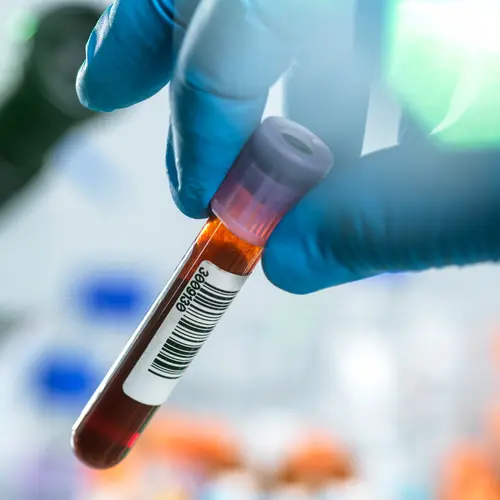Scientists are increasingly worried that these problems are being caused by environmental estrogens -- man-made chemicals capable of interfering with the hormones that regulate the male reproductive system.
Exposure to these chemicals -- also known as endocrine disruptors -- may have such potentially serious consequences that the federal government has begun studying their effects even before scientific confirmation that they may cause health problems in men.
The Environmental Protection Agency began a screening and testing program this year (1999) to identify how some 87,000 chemicals now in commercial use affect the endocrine system. The Centers for Disease Control and the National Institutes of Health have launched a study of blood and urine samples to determine to what extent Americans have been exposed to about 50 environmental estrogens.
No one expects that the answers will come quickly, easily, or without controversy. Endocrine disruptors are used for a variety of purposes in such common products as compact discs, baby bottles, tin cans, pesticides, plastic bottles -- even dental sealants. Depending on their source, they are sometimes ingested or inhaled. Before they can document a link between environmental estrogens and health problems in men, scientists will have to identify which chemicals affect the male reproductive system and what health problems can result.
Experts Agree: Male Reproductive Health at Risk
Still, while scientists may differ on causes, many agree that men are experiencing a disturbing increase in health problems of the reproductive system.
A review of data from 61 studies, published in BioEssays in 1999, found that the dramatic decline of average sperm density in the United States and Western Europe may be even greater than previously estimated. An earlier review, conducted by researchers at the University of Copenhagen in 1992, found that sperm density had fallen by 50% between 1938 and 1990. In the 1999 reanalysis of the controversial studies, Shanna Swan, Ph.D., a Professor at the University of Missouri-Columbia, confirmed the findings and concluded that the decline may be more than 50%.
"I was very surprised by the results," she says. "This really raises a red flag."
A clue to explaining the decline may be given by a 1996 study done at the University of Illinois at Urbana-Champaign. Researchers discovered that estrogen, which has long been known to regulate female reproduction, was also essential to reproduction in males. Working with laboratory animals, the researchers found that estrogen was vital to the production of healthy sperm. When adequate amounts of estrogen were no longer available, sperm density dropped until the animals became infertile.
"The finding is important because we now know that estrogen regulates the concentration of sperm [in semen]," said Rex Hess, Ph.D., Professor of Reproductive Biology at the University of Illinois at Urbana-Champaign.
The research suggests that environmental estrogens may be contributing to declining sperm counts by disrupting the normal function of the hormone system that governs reproduction.
Exposure in Utero Could Be Cause
Other scientists are worried about the rise in testicular cancer, now a leading cause of death in young men, and the increase in genital abnormalities in male infants -- such as hypospadias, a defect of the urinary tract, which has doubled in the last 20 years, according to Hess.
Theo Colborn, Ph.D., is a senior scientist at the World Wildlife Fund who has organized international conferences on endocrine disruptors. Colborn believes that prenatal exposure to environmental estrogens may be at least partially responsible for these health problems. She says there is evidence that these chemicals, accumulating in a woman's body, can affect the sexual development of the fetus.
"We've assumed that the placental barrier will protect the developing male embryo. We have not paid enough attention to the way that these chemicals can control development even in very low doses," she warns.
A Long Road Ahead
The problem is that damage from environmental contaminants may not become evident for years, even decades. In perhaps the best-known case, pregnant women who were prescribed DES -- an extremely potent estrogen -- to prevent miscarriages gave birth to daughters who developed vaginal cancer some 20 years later as a result.
While much research has been concentrated on the impact of environmental estrogens on men, scientists are also concerned that they may be contributing to the earlier onset of puberty in girls.
Ted Schettler, M.D., author of Generations at Risk, admonishes, "People should be concerned about any chemicals, even at low levels, that have a biological activity. Very small amounts can matter a lot."
